Unleashing Your Inner Athlete: A Beginner's Guide to a Sporty Lifestyle
Join me on my journey from a sedentary lifestyle to a workout fanatic! Discover how I transformed my health and achieved my fitness goals. Learn from my mistakes and gain valuable insights on how to kickstart your transformation. Get fit, healthy and feel confident with a balanced lifestyle.
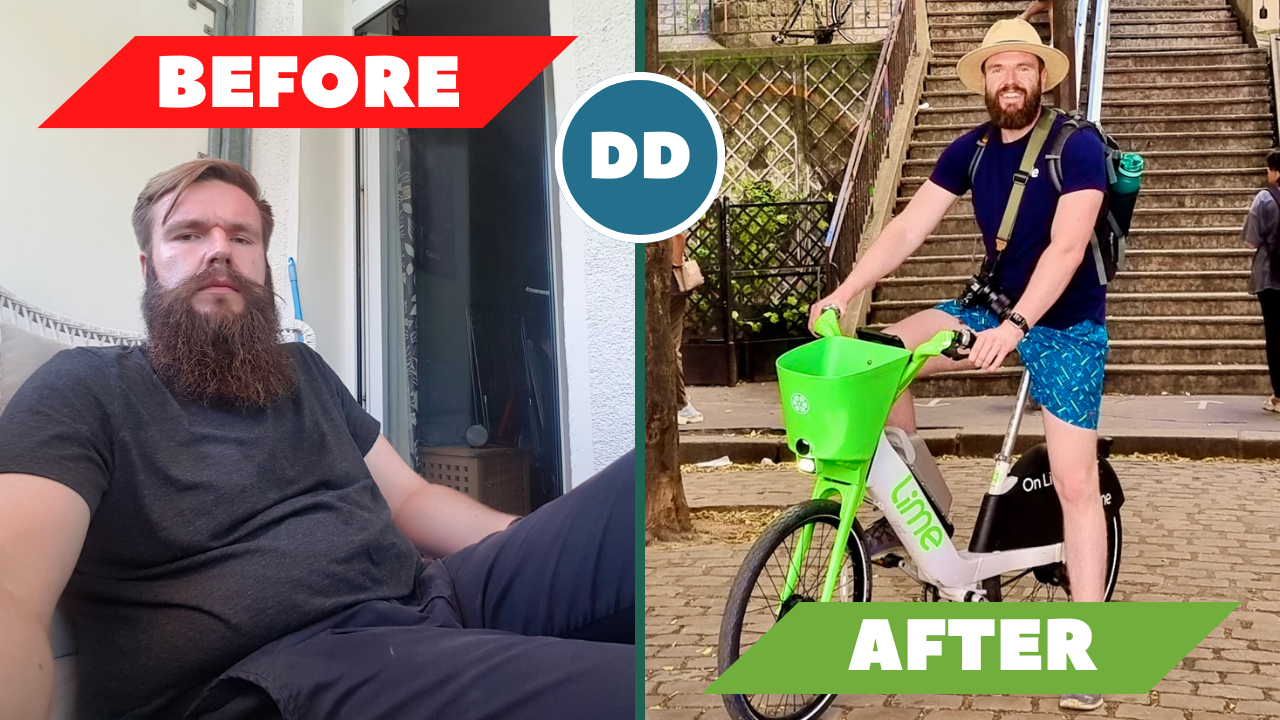
I am regarded as a workout fanatic.
I am regarded as a sports nut by my friends, family, and coworkers because I move more than some individuals do in a week:
- 15 thousand steps (2.5 - 3.0 hour walks)
- Morning weight training for 45 minutes
- Another 30-45 minutes of cycling or running every other day in the evening.
I do all this daily except for my deliberate recovery days and business trips.
I've already explained how I handle this despite my job here:
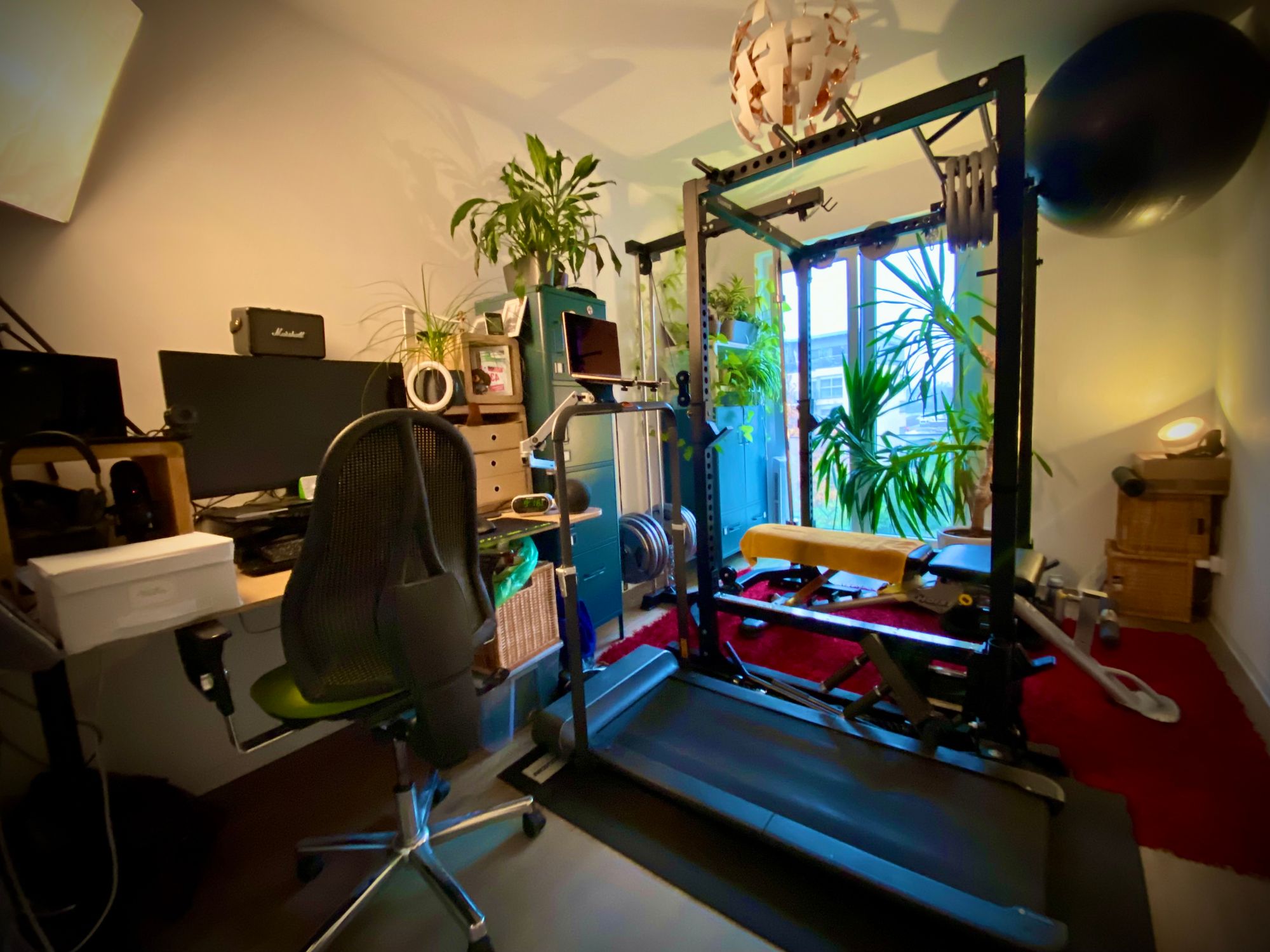
Although it doesn't seem like much to me, the questions reminded me of how it began for me in the first place.
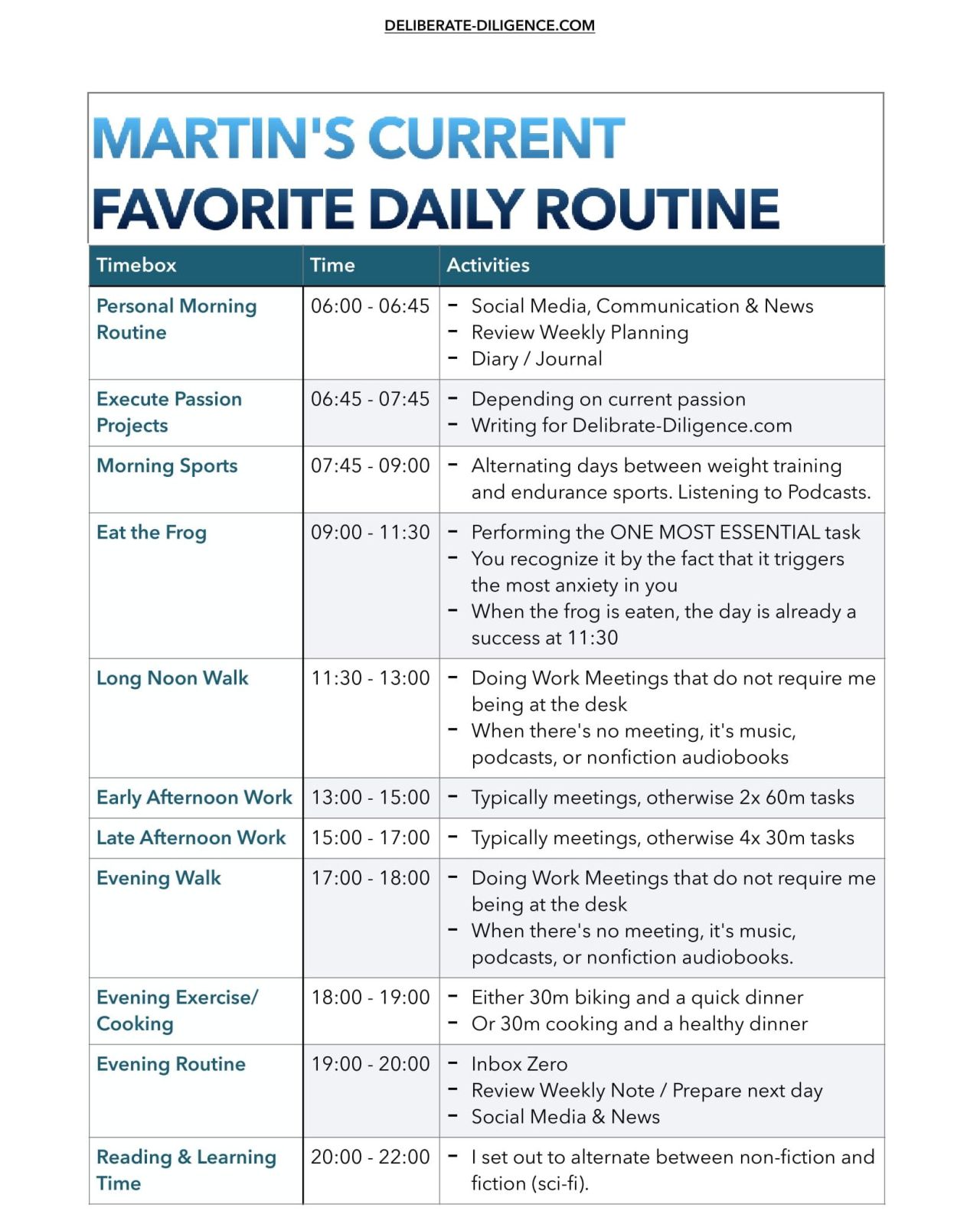
I never worked out before I graduated from university at around 25.
Even the tiniest move in the direction of a regular sports programme looked like an insurmountable obstacle to me. I was overweight and led a very unhealthy lifestyle.
After university, starting on my career path, I focused too excessively on my profession rather than living a more balanced lifestyle.

I have undergone a significant transformation since then.
I was not immediately the perfect, balanced athlete because I first made many mistakes in exercising and nutrition. My first progress was more in yo-yo form. In summer, I lost (too much) weight; in winter, my system broke down, and I gained weight again. This went on for a few years.
But! with each iteration, I got a bit better until now, and I can maintain my weight relatively evenly.
Below, I'll describe how my sports pyramid builds up step by step so you can adopt it for yourself if you're in a similar situation as I was back then.

Initially, there was the motivation.
The first thing you need is the motivation to start working out seriously. I don't think you'll be able to establish a consistent routine if it is just a latent "I should do it (somewhen)."
It is because the immediate discomfort of exercise, sweat, and shortness of breath outweigh the intangible long-term effects on your health.
In my case, I had a powerful motivation that fueled my efforts. It was just the typical situation for young men. I was looking for a gorgeous partner with a strong personality but couldn't find any. Nobody wanted me!
By looking in the mirror, I quickly found the apparent culprit: my overweight and amorphous appearance.
Although you don't have to seem athletic, you should be in good health and not be unduly overweight.
However, too much motivation can lead to a typical beginner's mistake
The next step is determining the most effective method for establishing a regular exercise regimen. You should first examine the wrong approach to recognise the correct one.
I already indicated that I was pretty motivated at the time. This made me desire to lose weight as quickly as feasible.
I started running for an hour every day after that. Naturally, I failed at first and only lasted 15 minutes. But I tried to extend my runs daily, and I was barely at 60 minutes after a few weeks.
In addition, I used discipline to lower my daily calorie intake from over 3000 to only 2000 kcal per day.
And it initially worked incredibly well; I quickly dropped 10 kg, 20 kg, and 30 kilograms.

My programme had only two problems:
- The calorie deficit was very harsh (between 1000 and 2000 kcal) and thus unsustainable.
- I was running, that's all. The exact path each time. There was no variety in my exercise at all.
As a result, I lost weight, but I resembled a zombie because my body looked and felt exhausted, and I hadn't built muscle to compensate for the loss of fat.
The rigidity of the calorie restriction also affected my mental health. Then, my insatiable hunger made me put on 20 pounds again during the winter.

The secret is to take things slowly.
Meanwhile, I'm aware that the adage "a lot helps a lot" is misleading for athletes trying to improve their health and drop some pounds (in competitive sports, however, it is true).
It's strange that while you may appear to be working hard and determinedly toward your objective, your excessive athletic participation impedes your lasting achievement.
The key is deliberate, methodical action, not the volume of exercise.
I'll go over how I would advise my past self to start with sports in the following paragraphs, based on my 15 years of sports and transformation experience.
Want to hack your productivity and self-improvement?
— Martin Weitzel | Deliberate Diligence Mindset (@DelDiligence) January 31, 2023
Apply the power of compound interest to your habits.
Start small, gradually increase, and watch your progress snowball.
It's time to make tiny daily wins a big part of your life. pic.twitter.com/pt0MjXACLU
Step 1: Recognise your motivations.
Spend 30 minutes writing a diary entry explaining why you want to lose weight or live a better lifestyle with a pen and paper or your note-taking software.
Do you currently have any drawbacks as a result of your situation? Do you experience discomfort? Do you feel disrespected in society? Or do you slightly fear dying and want to avoid it? Or is it more about getting the right partner?
Write your diary entry with the utmost harsh honesty. Try to comprehend why you want to include additional exercise in your day.
You might discover that you must take a different technique depending on your goal.
- Sports are just priority two if you want to lose weight healthily. Priority one is nutrition.
- Regular and diversified sports are essential if your cardio health is a concern.
- Regarding competitive sports, regularly pushing yourself to the limit is essential.
- You must put a lot of effort into developing your personality if you want to meet a compatible spouse.
- ... and so forth.

Step 2: Visualise the result from an emotional standpoint
Next, you can use visualisation to inspire yourself to overcome your internal reluctance.
I remember how difficult it was to overcome the obstacle of getting dressed in running clothes when I started working out. It felt embarrassing to be a large person running next to other people in public, and it was hard to feel motivated to exercise because of this (so I only ever went running in the dark at first).
I found it helpful to picture how it would feel and look around others as an athletic, trim person who is perceived differently. How fortunate I would be, and what a fantastic woman I would meet.
I considered these scenarios and imagined these scenes both before and after my runs. That allowed me to exercise practically infinite willpower.
You thought about your goals in Step 1. Now think about how you might translate that into scenarios and mental representations you will use to overcome your inner resistance.

Step 3: Get moving and start eating better.
This text is addressed to my former self and those in comparable circumstances. You are very concerned about your appearance and health, yet you haven't exercised much.
In Step 3, you still won't be exercising in the sense of the usual understanding.
I advise you to spend the first 90 days slowly directing your body toward sustainable health: concentrate on enhancing your nutrition and start going for walks.
You'll develop the practise of burning calories this way.
Regarding a nutritious diet, consider the elements of your diet that are causing issues. Personally, it has simply been eating too many filling meals throughout the day, especially in the evenings when I indulge in pizza and other heavy foods.
Here are a few potential remedies you must select based on your particular issues:
- Use intermittent fasting by omitting breakfast, for example.
- Establish a committed timebox for yourself in the evening to cook. Focus on running the timebox rather than eating healthy. This makes it much more executable.
- Cook only with essential ingredients (i.e., no industrially processed food). Use recipe apps like "Feastr," where you can only select between 3 recipes, to make decision-making simple. Furthermore, it forces you to choose meals you wouldn't have chosen otherwise.
- Steer clear of items with 5g or more of sugar per 100g of weight.
- Concentrate your willpower on groceries shopping. If you don't have any sweets at home, you can't indulge either.
- Uninstall all food delivery apps from your smartphone

Concerning strolls, you can already lift a lot of the health and weight loss impacts with just regular, long walks. Finding timeboxes where you can generally get out well and executing them as frequently as possible is the key.
- Before I started working, I liked to take a 1.5-hour walk after finishing my morning routine. This is my recommendation for you to adapt because your primary kcal burn will be already accomplished in the morning that way.
- Now, I walk every day between 11:30 and 1:00 and in the evening between 5 and 6 pm.
Just choose times so you can execute them simultaneously as frequently as possible, which is critical to establishing a lasting routine.
I recommend you find a few common routes. 27 minutes is my shortest. A very long round lasts about 90 minutes, whereas a typical round lasts 60 minutes.
I occasionally only perform the large rounds, and other times I am required to complete numerous tiny rounds. Both are acceptable as long as you have a reasonable workload overall.
You should walk for at least 2.5 hours and preferably 3.5 hours daily during this phase, as you won't engage in any complementing workout activities in step 3 yet.
Walking has many inspected benefits and opportunities. You can read about them in the very first blog article I wrote for this blog:

Step 3: Start adding weight lifting to your regimen
You've changed your eating and walking habits for a quarter and are now prepared to add weight lifting to your regimen.
You can either stop walking in the morning and start doing weights in the evening, or you can transfer your walking habit to the evening and start lifting weights in the morning.
The latter is, in my opinion, a superior choice because, in general, it's wise to tackle those things that require the most change first thing in the morning. After all, you have a lot more willpower then.
Even while it can increase your internal resistance to starting something new with all these people around, I advise you to pick a gym in your area and start there. I can say that because I once experienced the same anxieties. I worried that people would see me straining to use the exercise equipment while carrying a small amount of weight.
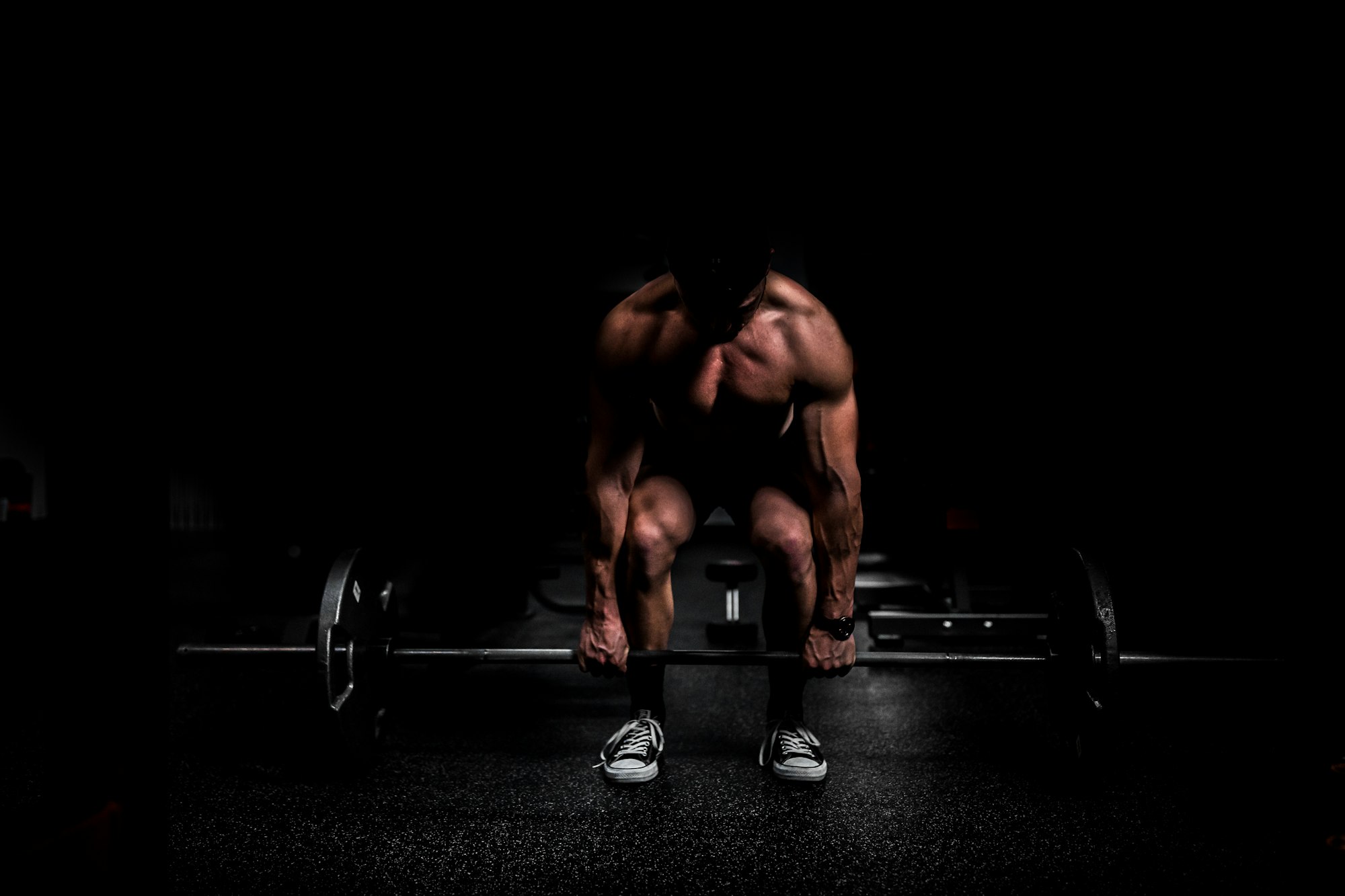
However, it's the most sustainable option due to the diversity of workouts you may perform with ample gym equipment, additionally in terms of price.
You might later decide to have some simple exercise equipment at home, just like I have, for efficiency reasons.
I will soon publish another blog post about my favourite workout exercise, but in the interim, I want to suggest you watch YouTube Videos that break down the fundamental movements.
My stern advice is to:
- Don't put too much emphasis on complicated "split" exercise regimens. Just perform a full-body workout during each of your sessions.
- Focus on learning the basic barbell, dumbbell, and bodyweight exercises. 80% of your muscles can be worked out with simple movements like deadlifts, squats, chest presses, pullups, and so forth. It's the application of the Pareto principle on weight lifting.
- Focus on perfect exercise execution and not weight.
- Try to go to your strength limits by weight or repetition.
In terms of training volume, I advise you to add a 60-minute session of weightlifting every other day. If necessary, you can cut that time out of your walks.
As a result, by this point, you probably invest a total of a minimum of 2,5 hrs a day:
- 2 hours or more per day for walking
- 60 minutes every other day for weightlifting
You should follow this regimen for 4-6 Months before heading to Step 4.
Step 4: Alternate weightlifting and running
Add running, biking, rowing, or another endurance exercise to your routine as the next step. I had some of my finest physical improvement during stages where I alternated cycling and lifting weights, and my best mental progress occurred when I alternated running and lifting weights.

There isn't much to say here; all you need to do is don your running shoes (or grab your bike) and add 30-45 minutes of cardio workouts to your daily routine to start seeing the benefits of your cardio fitness, such as an enhanced VO2 max.
Your schedule ought to be as follows:
- Day 1: Walking, Running
- Day 2: Walking, Weight lifting
- Day 3: Walking, Biking
- Day 4: Walking, Weight lifting
- Day 5: Walking, Running
... and so on. Once more, the order of the day's events relies on your preferences. The activity that requires the most willpower from you should be performed first thing in the morning.
When the habit is successfully formed, you can choose when to do it based on other preferences (for example, I prefer to walk during the day because more people are around, I like to lift weights in the morning because I can do it before I take a shower, I prefer to run in the evening because it helps clear my head, etc.).
Your daily time invested in the movement of any form should be around 3 to 3,5 hours by now.
Three hours is a good level, which you should keep forever to stay fit.
Step 5: Strengthen your resilience and replenish it regularly
This is the final action. Step 4 is created so that you can carry out this stage continuously for the rest of your life. But regular occurrences will unavoidably disrupt our idealised ideal days and routines.
I want to offer two more hints as a consequence.
- It's acceptable if a business trip (or something else) prevents you from doing your routine. Sometimes things don't work out for a few days, and other times they don't for a whole week. After these interruptions, it's crucial that you gradually return to your sports practice. You must develop the habit of meticulously reestablishing your routine when entropy has destroyed it. Steps 1-4 can be used to get back into it gradually after a break, but of course, you can condense them into four days.
- You should take rests occasionally so your body can repair, even if you are not interrupted by external events. I advise taking a recovery day every week and perhaps several days every six weeks.
Failure to do so will make recovering from breakdowns considerably more challenging. You will eventually learn to identify the early symptoms before breakdowns.
Tips: Consider those externally induced interruptions of your routine as a regeneration opportunity; this way, you will stress yourself much less about it.
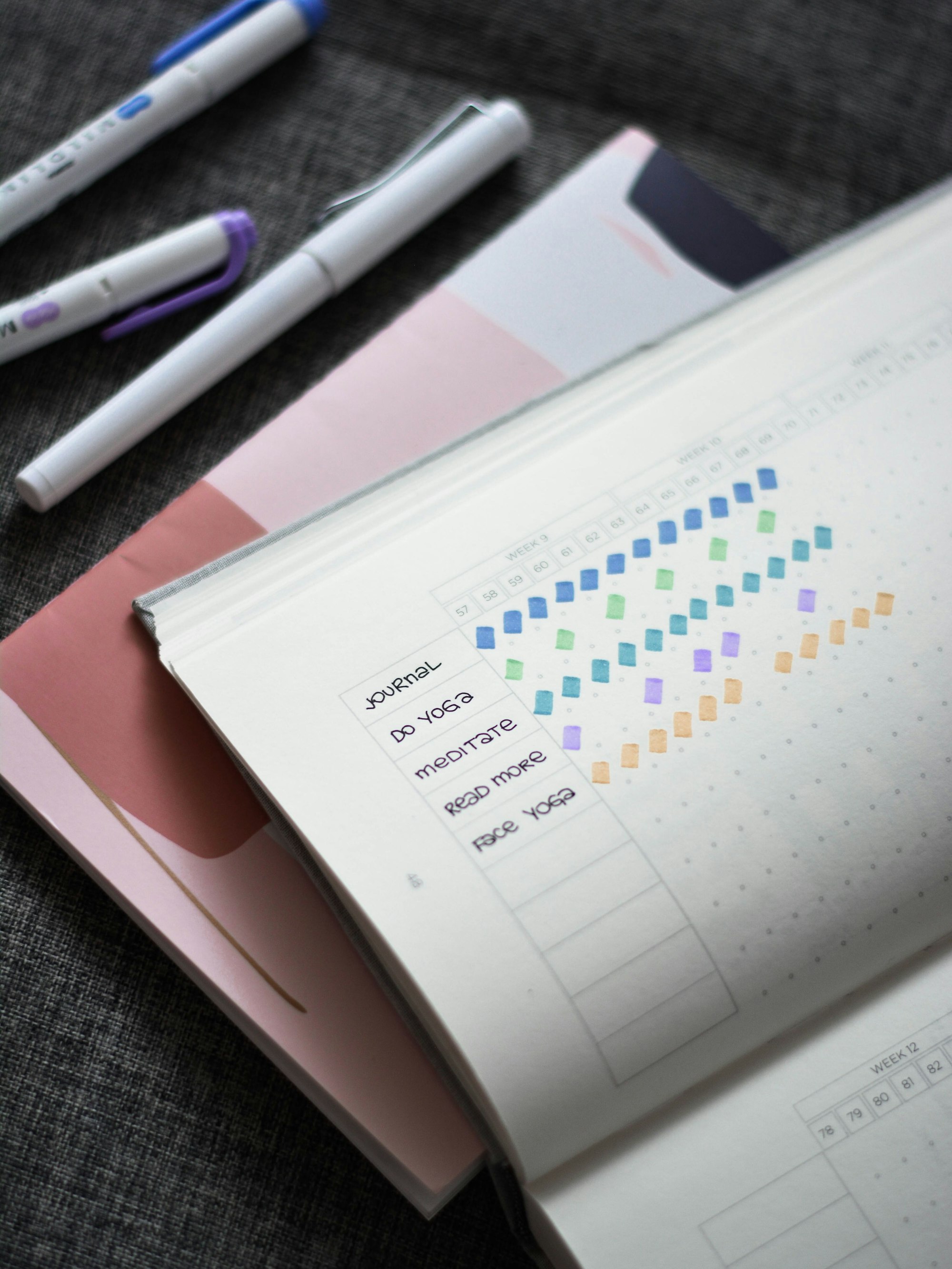
Three hours of exercise every week is mandatory and beneficial
In light of the above discussion, I hope you can see that I am not offering you a silver bullet. You may have heard that even 10 minutes of daily exercise can be beneficial. Or perhaps just one solid workout every week. Maybe, depending on your ultimate aims.
But I've concluded that many of my health advantages—like having no back pain, no headaches, sharp focus, and muscular strength—come from moving for at least three hours each day.
There is no clear endpoint here. You might think of this as the steady state. The three hours of exercise are equivalent to daily dental hygiene.
I know that three hours is asking a lot of you.
However, if you adopt steps 1–5, you won't recognise yourself in a few months. People you know will compliment you on the changes you've made in your life. And many everyday aches and symptoms might go away.
Building a consistent sports practice, in which you finally move for three hours daily, is worthwhile.

Conclusion
I am regarded as a workout fanatic and a sports nut by those around me because of my daily exercise routine, which includes taking 15 thousand steps in 2.5 to 3-hour walks, 45 minutes of weight training in the morning, and another 30 to 45 minutes of cycling or running every other day in the evening. This routine results from my transformation from being overweight and leading an unhealthy lifestyle to now being able to maintain a balanced and healthy physique.
Initially, my motivation to start working out was driven by the desire to attract a partner. However, I soon realized that I was making the typical beginner's mistake of pushing myself too hard and not finding a sustainable routine. I soon discovered that what was important was not the exercise volume but deliberate and methodical action.
To help others in a similar situation, I have outlined the steps to get started with a sports routine. The first step is to recognize your motivations and to understand why you want to include exercise in your day. The second step is to visualize the results from an emotional standpoint and overcome internal reluctance. The other 3 steps are about the actual workouts and regeneration.
It is important to remember that sports are not the only priority two when it comes to losing weight healthily. Nutrition is a priority, and regular and diversified sports are essential for cardio health. Competitive sports require regularly pushing yourself to the limit, and developing your personality is vital if you want to meet a compatible spouse.
In conclusion, it is never too late to start a sports routine and transform your life. It may not seem like much in the beginning, but with each iteration, you will get better and closer to your goals.
Remember to be honest with yourself, visualize the results, and take things slowly.
Feel free to add your tips and thoughts to this page's comment section, Twitter or LinkedIn!
Best regards,
-- Martin from Deliberate-Diligence.com


Discussion